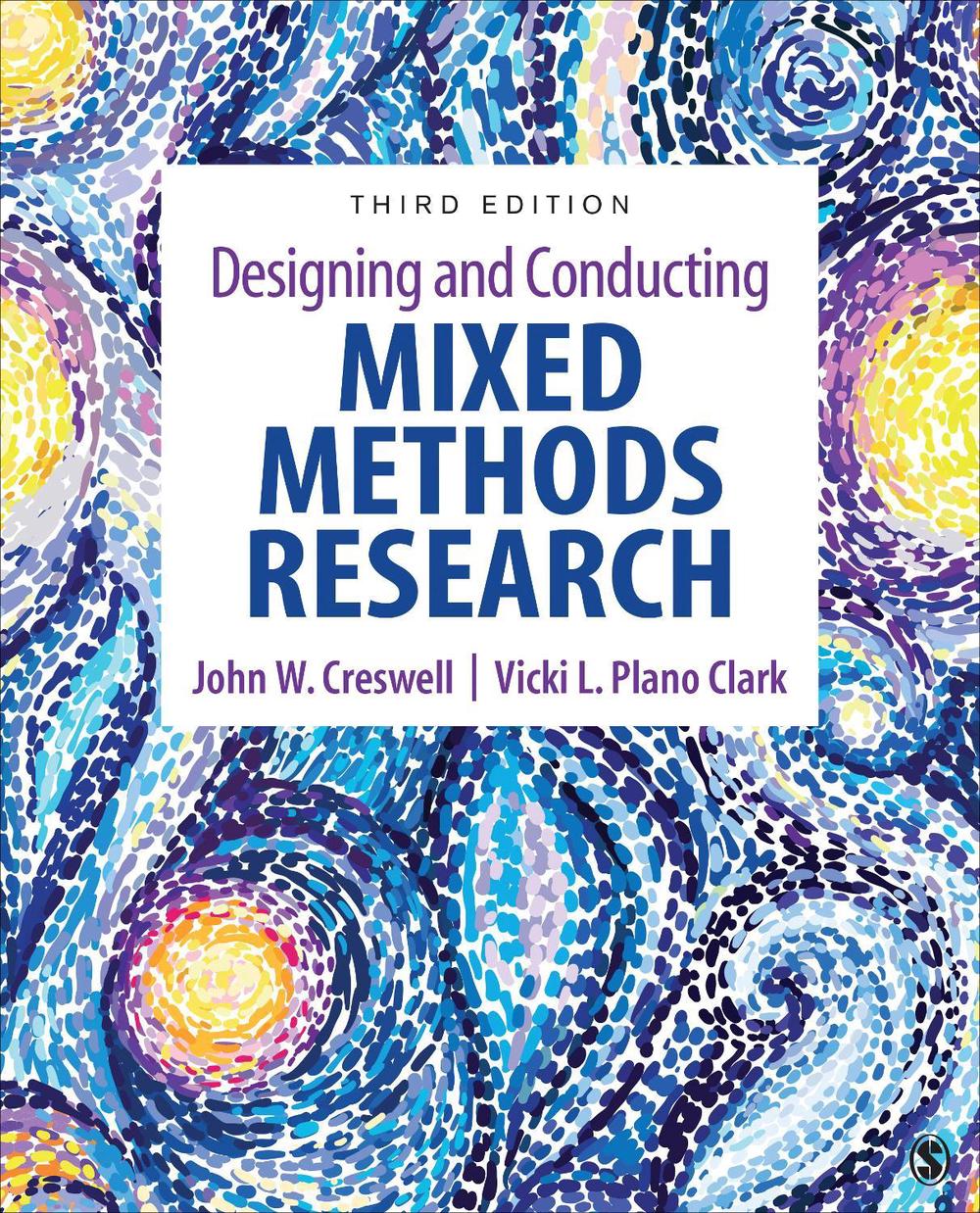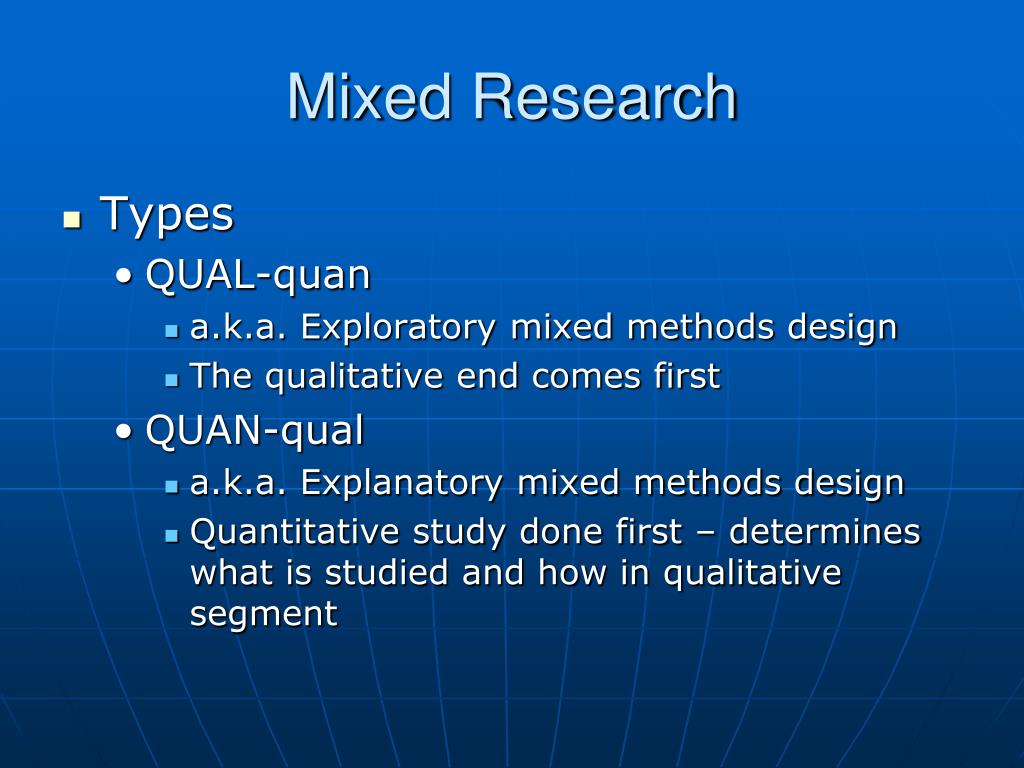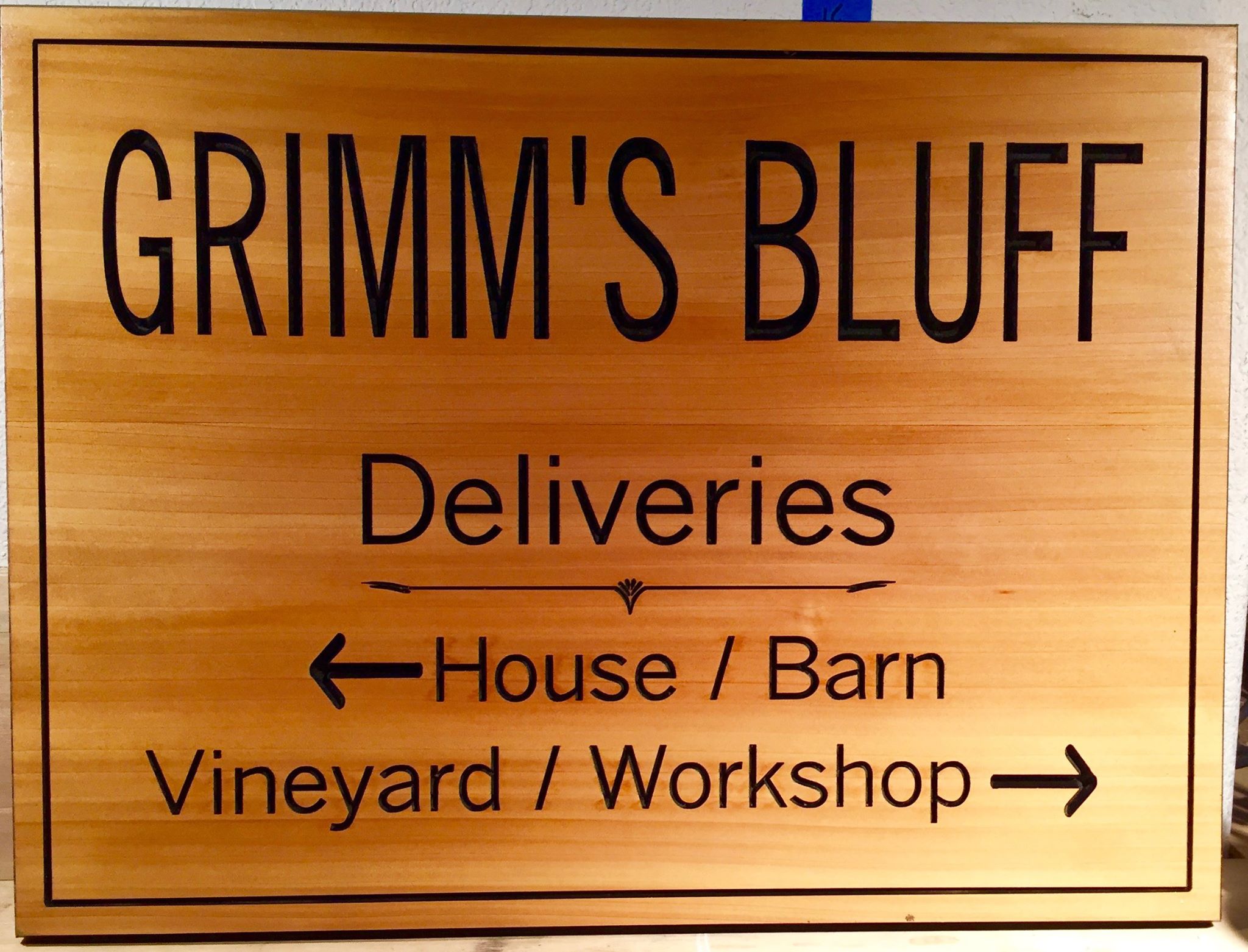Table Of Content

For example, one local agency director noted, “I would say it was a lot of work, a lot of manual work, that for us, especially in the beginning, it did take away a lot of staff time. So, it took away from doing appointments or being in our call center to do follow-up education for benefits. So, it was time intensive.” Agencies also frequently cited events, such as the COVID-19 pandemic and the infant formula recall, leading to shortages among both WIC State and local agency staff to assist with the CVB changes.
You are unable to access scribbr.com
Epidemiology sits strongly in the quantitative research corner, with a strong emphasis on large data sets and sophisticated statistical analysis. Although the use of mixed methods in health research has been discussed widely researchers raised concerns about the explanation of why and how mixed methods are used in a single research question [5]. Then, in the third, we assess the degree of institutionalization of MMR, drawing on the indicators of academic institutionalization developed by Fleck et al. (2016). In the fourth section, we address the second question by examining the position of the academic entrepreneurs behind the rise of MMR. The aim is to understand these agents’ engagement in MMR, as well as its distinctive content as being informed by their position in this field. Viewing MMR as a position-taking of academic entrepreneurs, linked to their objective position in this field, allows us to reflect sociologically on the substance of the approach.
Similar content being viewed by others
The convergent parallel design is when data collection and analysis of both quantitative and qualitative data occur simultaneously and are analyzed separately. Mixed methods designs allow for method flexibility and can provide differing and even conflicting results. Examples of mixed methods research designs include convergent parallel, explanatory sequential, and exploratory sequential.
(PDF) What are effective vaccine distribution approaches for equity-deserving and high-risk populations during COVID ... - ResearchGate
(PDF) What are effective vaccine distribution approaches for equity-deserving and high-risk populations during COVID ....
Posted: Wed, 13 Mar 2024 12:27:59 GMT [source]
3 Agency interviews
With the transition month removed, the coefficient is no longer significant and in a positive trend (Table 5). Additionally, Figure 2 shows that despite the lack of significant change in redemption rates evidenced by the ITS, redemption rates increased over time during the $24/child participant period. Table 2 summarizes the characteristics of the 61 WIC local agencies that participated in the interviews. A higher percentage of local agencies were part of States (83.6%), had caseloads greater than 4,500 participants (32.8%), and were in urban areas (63.9%). The type of staff responding to the survey included local agency directors (49.2%), nutritionists (37.7%), and other key staff, such as breastfeeding coordinators, vendor managers, and nutrition educators (13.1%). In 2022, over 6.2 million pregnant, postpartum, and breastfeeding women and children up to age five were served by the Special Supplemental Nutrition Program for Women, Infants, and Children (WIC) (1).
Table 1
A research design that follows a thread starts by collecting quantitative data on a specific issue, followed by collecting qualitative data to explain the results. This allows whoever is conducting the research to detect any conflicting information and further look into the conflicting information to understand what is really going on. It involves the active participation of participants in formulating and developing research questions, data collection, and analysis. The researcher will examine the specific case in detail to understand the factors influencing it. An example of this could be a study of a specific business organization to understand the organizational dynamics and culture within the organization. Through a mixed methods approach, researchers could more easily compare and contrast their results to better understand the phenomenon as a whole.
The insight offered by Bourdieu’s notion of reflexivity is, on the contrary, that the actual research practice is fundamentally open in terms of being guided by a logic of practice that cannot be captured by a preconceived and all-encompassing logic independent of that practice. Reflexivity in this view cannot be achieved by hiding behind the construct of a standardized methodology—of whatever signature—it can only be achieved by objectifying the process of objectification that goes on within the context of the field in which the researcher is embedded. Such a programme should be based on studying the process of codification and standardization of methods in their historical context of production, circulation, and use. It would provide a basis for a sociological understanding of methods that can illuminate the critical moments in research alluded to above, enabling a systematic reflection on the process of objectification.

When conducting the interrupted time series regression sensitivity analysis of CVB redemption rates by demographic characteristics with the transition month removed, no significant differences in CVB redemption rates by race/ethnicity were observed (Table 7). Lastly, no differences in redemption rates were observed between participants located in rural versus urban areas (Table 7). The overall redemption rate decreased from 67.2 to 62.8% at $35/child/month and then increased to 67.9% when changed to $24/child/month (Table 4). For this reason, the first month of $35/child/month was considered a ‘transition month’ and was dropped from subsequent analysis in the ITS model.
Thirty-three volunteers have indicated that they would be interested; 20 have been purposively sampled to include volunteers who had participants in the Miracle Friends program and Miracle Money program. Interviews have typically lasted between 25 and 35 min and were audio recorded and transcribed verbatim. Written informed consent has been waived by the institutional review board for volunteer interviews. Qualitative interviews will be conducted in English with a subset of 20 participants who receive basic income—shortly after receipt of the first of 12 monthly payments and again around the time of their last payment.
Intervention

The combined interpretation of the quantitative and qualitative data strands showed that the initial redemption rate decrease was likely due to the implementation challenges WIC agencies faced. Technology capabilities that allowed automatic updates to MIS were a key factor in ensuring equitable and timely issuance of the updated CVB amounts. While major changes to MIS require substantial time and financial resources, the efficiencies created over time could justify the investment.
The Miracle Messages administrative staff is notified to which of the three groups a participant has been assigned to determine whether someone should be matched to a phone buddy and monitor which individuals become eligible for Miracle Money based on participation in Miracle Friends. Policymakers addressed potential food and nutrition security crises during the COVID-19 pandemic by leveraging existing programs and implementing changes that included enhancing federal food assistance benefits. For WIC, until 2021, the CVB amount was $9/child/month; however, on March 11, 2021, the American Rescue Plan Act of 2021 (ARPA) offered WIC State agencies the option to increase the CVB to $35/child/month for up to 4 months (10, 11). In October 2021, the continued resolution (CR) required that all WIC State agencies change the CVB to $24/child/month and subsequent increases to account for inflation occurred in October 2022 ($25/child/month) and October 2023 ($26/child/month) (12). The increases to the CVB dollar amount align with nutrition and medical expert recommendations on the amount of FVs needed to support a healthy diet (13).
There are several reasons why mixed methods research can be beneficial, including generalizability, contextualization, and credibility. Qualitative data involves non-numerical measures like beliefs, motivations, attitudes, and experiences, often derived through interviews and focus group research to gain a deeper understanding of a research question or phenomenon. Funding for this study was provided by Google.org and the Homeless Policy Research Institute, along with individuals Kimberly Lynch and Scott Layne. These funding sources had no role in the design of this study and will not have any role during its execution, analyses, interpretation of the data, or decision to submit results.
This language is sometimes included in the design name to communicate this characteristic of the study design (e. g., a “quantitatively driven sequential mixed methods design”). First, we showed that there are there are many purposes for which qualitative and quantitative methods, methodologies, and paradigms can be mixed. Inclusion of a purpose in the design name can sometimes provide readers with useful information about the study design, as in, e. When designing a mixed methods study, it is sometimes helpful to include the mixing purpose (or characteristic on one of the other dimensions shown in Table 1) in the title of the study design (e. g., an explanatory sequential MM design, an exploratory-confirmatory MM design, a developmental MM design).
A team approach will occur in data analyses, where instruction in coding will be supplemented with test cases in which two researchers read and code a transcript and then meet to discuss discrepancies and arrive at consensus. Given the focused nature of the inquiry, the resulting codebook will be a reflection of the questions that were asked. At the same time, interviewees often have shared greater depth or alternative descriptions that will “earn their way” into the analyses and interpretation [56]. In the final stage of analysis, broader interpretation will be sought to identify recurrent themes agreed on by consensus and recorded as memos. People experiencing homelessness (PEH) suffer from extreme health disparities including high rates of disease (e.g., obesity, cancer, and depression) [1,2,3,4,5,6,7], early onset of geriatric conditions, and decades-early mortality [8,9,10,11,12,13,14]. More apparent drivers of these health disparities that are a direct result of homelessness include difficulty accessing quality health care and maintaining medication adherence [15,16,17,18], increased exposure to victimization [19], and accidents and extreme weather [20, 21].
A mixed methods research design is an approach to collecting and analyzing both qualitative and quantitative data in a single study. Our findings indicate that the obstetric telephone triage guideline is clinically comprehensive, easy to understand, practical, and valid. This guideline serves as a standardized tool for evaluating the severity of symptoms and determining the urgency of obstetric care for triage personnel.
This, in turn, allows a more sophisticated validation of using—and combining—methods than relying on prescribed methodologies. Overall, mixed methods research designs offer a range of advantages for studying complex phenomena. They can provide insight into different elements of a phenomenon in ways that are not possible with either qualitative or quantitative data alone.















